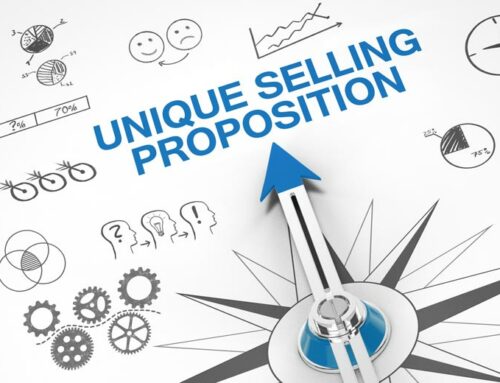You are trying to drive modern developer engagement, correct? If you are looking for ads or content marketing alone to inspire this development (*snicker*), then you’ll be disappointed. The best way to engage the modern developer is with compelling content. But, without a promotion strategy, those developers may never know your content exists.
Content + Promotion: A Winning Combination
According to Evans Data Corporation’s Developer Marketing 2017 survey results, we know that the modern developer clicks through links to content advertised on newsletters from D2D communities.
When we interviewed developers, we learned that they are lifelong learners who are extremely interested in new technology like AI, machine learning, and the Internet of Things. They are always seeking new information, and they are excited to engage with it when they find it.
Serve the Right Practitioner Content Mix
The exact content mix you offer will vary depending on your goal. It will undoubtedly include thought leadership pieces to introduce the customer to the problem that your tool is uniquely equipped to solve, education content that informs the customer about the nature of the “best” solution, and product specific content that will drive the customer to a decision.
Thought leadership and education content is particularly effective when it is written by practitioners outside your organization. Practitioner authors are closer to the customer, and their writing has the ring of authenticity and credibility. Practitioner content should make an appearance in a content mix that includes:
- Blogs. Vendor blogs are crazy influential among the developer audience. Establish a blog publication cadence that leaves your audience coming back for more.
- Documentation. It’s not just about getting developers to “Hello, World” quickly. Before they even agree to use your product, they want to see how well your documentation supports their use case. Public documentation is a content marketing function.
- White Papers/eBooks. Longer form content can be about building your brand through thought leadership or educating your customer about the available solutions. Provide both.
- Tutorials. 87% of developers will share tutorials with their peers. Enough said.
Use Multiple Content Promotion Channels
It’s tempting to search for the “right” promotion channel. In reality, the answer is almost always “and,” not “or.” Yeah, that’s right. All the channels.
Maybe “all”exceeds your budget, but putting several channels in your promotion arsenal is both realistic and necessary. Typical promotion channels include:
- Direct Email. The best types of direct email are permission based, like newsletters to which recipients have subscribed. Banner ads and other ad sizes are routinely included in these newsletters. The audience should include your target segment. Most developers subscribe to industry newsletters, so this is a great way to drive customers to your content.
- D2D Communities. Developer-to-developer communities, typically websites or blogs, include content written by developers for developers, and are often supported with advertising. Many times, they include forums and offer an opt-in mailing list. These communities offer a high-trust environment that lends your brand, content, and promotions authenticity and credibility. “Context is everything” according to developer Mark Downie. That’s why advertising developer-oriented content in a developer community is so effective.
- Search. Whether paid or organic, this offers your content up to customers when they are looking for it.
- Native. If it looks like an article, it must be an article. Many media outlets offer placement of paid content that looks very similar to the journalist- or user-contributed content they display.
- Social Media. There are many creative ways to use social media, some more interactive than others. Investigate the channels your audience are most likely to use and promote your content there. Regardless of the type of content you are promoting, always include an image or a short, captioned video as part of your post.
Each of these channels, with the exception of native advertising (which is always paid), offers you the opportunity to create an audience for your content that is either paid or earned. Your strategy should include steps to build both. Owned channels are under your control. If you have user groups, a developer community, or a customer newsletter, you should absolutely promote your content through those channels.
That’s a Wrap
A content marketing strategy without a promotion strategy is simply incomplete. The reverse is often true as well. Without content that becomes a call-to-code, many ads just fall flat, even if they are promoted in context, in the right audience. Wed the two and watch your content marketing ROI soar.



